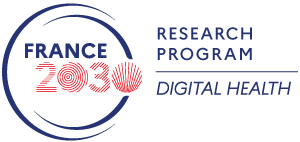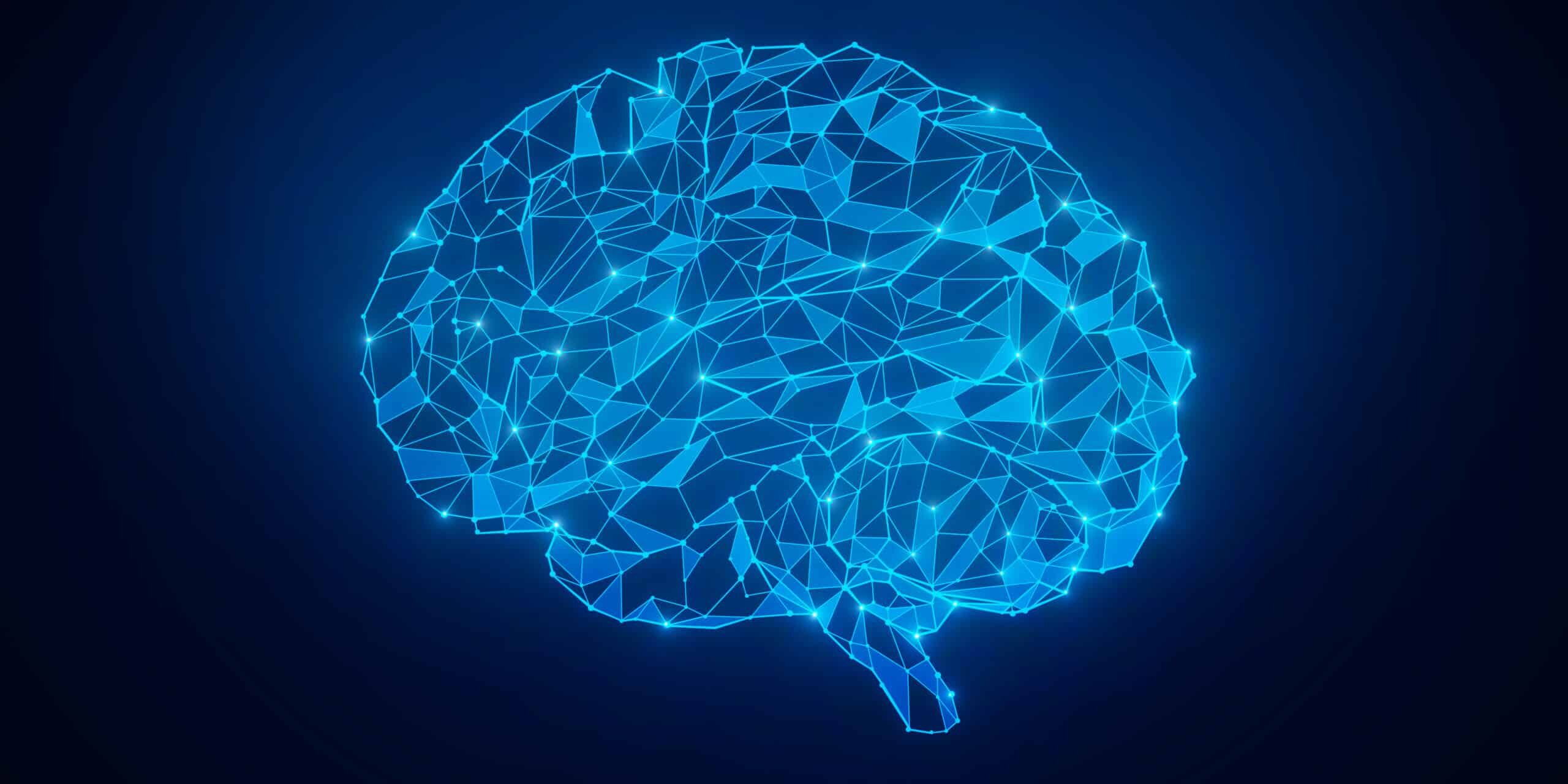I nteroperatibility of clinical studies and routine care for the advent of a stratified medicine of aging using clinical, imaging, and omics data
Coordinating Partner : Jean-François Mangin
Coordinating institution : CEA
Stratified medicine, harmonisation, neuroimaging, omics
Healthcare is generating a vast amount of data, which holds the potential for significant advances in medicine through the use of artificial intelligence (AI). The Health Data Hub in France was created to serve as a national hub for this data, which has been referred to as the “black gold of the future.” While some progress has been made in organizing and standardizing health data for use in AI systems, at least in a few chosen domains, much work remains to be done. Hospitals are investing in the creation of data warehouses, but it will take time to streamline the flow of care data toward these warehouses and ensure its quality. Standardization efforts at the national level will also be necessary to enable AI algorithms to effectively analyze the routine care data. One particularly challenging goal is the stratification of the patient population into homogeneous groups with the same disease mechanisms, which will require a high level of standardization. This stratification will facilitate the design of efficient therapeutic interventions. Ultimately, stratified Medicine will ensure that the right patient gets the right treatment at the right time.
The goal of StratifyAging is to focus on using high-quality, curated data from clinical research to advance the field of patient stratification through the use of hypothesis-driven approaches or AI algorithms. By harmonizing and aggregating data from various studies, it will be possible to reach a large enough sample size to effectively stratify patients. This process will also lead to the development of standard protocols that can be applied in routine care. As a result, a virtuous cycle may be created, in which standardized data from routine care is collected and analyzed through the Health Data Hub and used to perform population monitoring and develop normative charts and decision support tools.
France is the only country to have given itself the means to harmonize most of the neuroimaging data produced by clinical research via the CATI platform. StratifyAging aims to capitalize on this differentiating element, by continuing efforts to harmonize neuroimaging, and by accompanying a similar virtuous process carried out for clinical data, genetics and other omics. While proceeding further with the harmonization of French studies by disease pools, StratifyAging will embed in the process major international studies (ADNI, PPMI, UKBiobank, etc.) using a posteriori harmonization techniques based on travelling phantoms and data-driven algorithmic approaches. Three disease pools will be used as the main use cases driving the organization of the work through algorithmic stratification experiment with state-of-the-art approaches. Each of the disease pools corresponds to a very active research community, which is using the CATI’s services: Alzheimer’s Disease and related dementia, Parkinson’s Disease and related diseases, Monogenic diseases or rare genetic forms of mainly sporadic diseases.
For each community, StratifyAging will help organizing the listing of neuroimaging, omics and clinical data associated with each harmonized study and when possible help make them interoperable to meet the community needs. As the GDPR-compliant cloud ecosystem evolves, StratifyAging will advise communities on where to locate their data to get them accessible to more research projects, for instance to the PEPR data scientists developing innovative tools for multimodal patient stratification. The PEPR axis working on security and FAIRness will contribute to this organization, via the adaptation of our data driven harmonization of stratification algorithms to a federated organization. Finally, each clinical community will choose a dedicated protocol for routine care that is compatible with the use of their research results, which StratifyAging will harmonize for theheterogeneous clinical network of scanners in collaboration with the neuroradiology and the nuclear medicine societies.
| Laboratory or department, team | Supervisors |
| NEUROSPIN – CATI- BAOBAB UMR 9027 | Paris-Saclay University, CEA, CNRS
|
| LIB – U1146/UMR 7371
Eq. Connectivité neurale et plasticité |
Inserm, Sorbonne University, CNRS
AP-HP – Hôpital Pitié-Salpêtrière partner |
| CATI-ICM, US 52- UAR2031 | Sorbonne University, Inserm, CNRS, CEA, AP-HP |
| ICM – UMR 1127/UMR7371 | Inserm, CNRS, Sorbonne University, AP-HP |
| LaBRI – UMR 5800 | CNRS, Bordeaux University, INP
Inria partner |
| BPH – U1219, Eq ELEANOR | Inserm, Inria, Bordeaux University
|
| Centre Inria Sophia Antipolis – Méditerranée – Eq EPIONE | Inria, Côte d’Azur University |
| Centre Inria Saclay – Eq SODA | Inria |
| GIN – U1216, Eq. Neuroimagerie fonctionnelle et perfusion cérébrale | Inserm, Grenoble Alpes University |
| TONIC – U1214, Eq. Devin & CIC 1436 | Inserm, Toulouse 3 University |
| CERPOP – U1295 | Inserm, Toulouse 3 University |
| Lille Neurosciences et cognition- U1172 | Inserm, Lille University
CHU de Lille partner |
| ICUBE – UMR7357 | CNRS, Strasbourg University, INSA, ENGEES-STRBG
Telecom PariTech, Inria, IP Paris & CHU Strasbourg partners |
| IM2A
ICM – UMR 1127/UMR7371 |
Inserm, CNRS, Sorbonne University, AP-HP |
| Médicaments et Technologies pour la Santé – MTS, UMR 0496 & MetaboHUB | Paris-Saclay University, CEA, INRAE
Paris Cité University partner |


